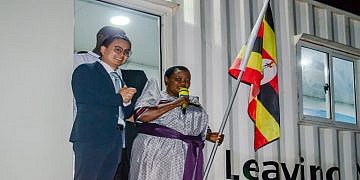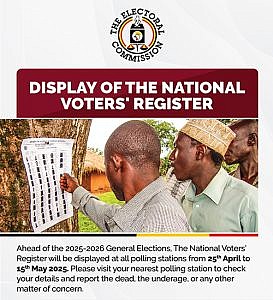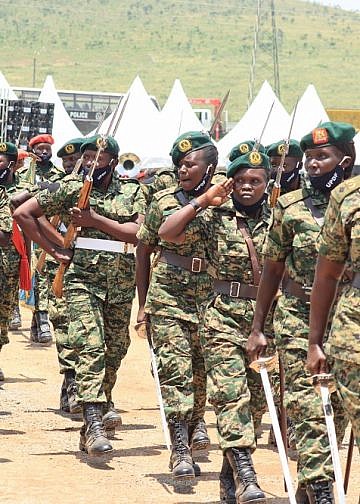The Chief of Defence Forces (CDF), Gen. Muhoozi Kainerugaba, has ordered that all female soldiers in the UPDF must henceforth wear skirts during military parades.
The order was issued through Gen. Muhoozi’s official X (formerly Twitter) account, where he expressed strong views on military dress code and gender roles.
“All female comrades in the UPDF shall from now on march in skirts. Trousers are for men, not for women,” Gen. Muhoozi posted.
“Anyone who forces our sisters to put on trousers on parade again will have a very bad day,” he warned.
The announcement has triggered a wave of reactions, with supporters praising the move as a reaffirmation of traditional African values, while critics argue it undermines years of progress toward gender equality in the military.
For years, female UPDF soldiers have worn trousers as part of their standard uniform both in training and during official ceremonies such as the Tarehe Sita celebrations and Independence Day parades.
The inclusion of trousers was intended to promote uniformity and operational practicality, aligning Uganda’s military with global standards.
Combat trousers and boots have long been the default attire for both male and female personnel, given their functionality in both ceremonial and field operations.
Critics on social media and among human rights groups argue that the shift to skirts may be symbolic of broader attempts to reinforce outdated gender norms.
Some believe the directive sends the wrong message about the evolving role of women in Uganda’s armed forces.
“This move feels like a step backward,” said a retired female officer. “We earned our positions by merit, not by how feminine we look on parade.”
However, some conservative and cultural commentators have welcomed the decision, saying it reinforces African identity and the dignity of the female soldier.
“This is about cultural pride and restoring the grace of our women in uniform,” one supporter commented online.
In many African countries including Ghana, Nigeria, South Africa, and Kenya, skirts are part of the official ceremonial dress code for female soldiers. However, most of these militaries allow for flexibility, depending on the nature of the event or operation.










































